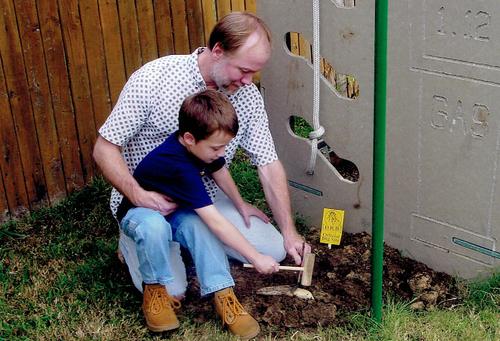July 31, 2014

The pressure is continuously on for today's manufacturers to design innovative products with less cost of development and quicker time to market; this pace of product innovation is a primary contributor to overall profits and marketshare. At the same time, product designers and engineers are challenged with increasing product complexity, in addition to the demand from management to reduce costs and to create products in less time with fewer physical prototypes.
Engineering analysis specialists historically have been responsible for validation during the design phase. However, as the pressure for faster product development increases, designers and product engineers cannot wait for the specialist's analysis because they need to know that their designs are progressing in a valid direction much earlier in the design phase, with iterations throughout the process.
CFD earlier in the product design phase
Complex mechanical and electro-mechanical products increasingly require an understanding of cooling, hydraulics, and other fluid-flow issues. Performing comprehensive computational fluid dynamics (CFD) analyses is crucial to ensuring that complex mechanical and electro-mechanical products perform as required.
CFD analysis historically has been complex, requiring CFD expertise to set up and run valid analyses. Many computer-based solutions that support CFD were created for the experts and were not easy to use for product designers and engineers. But today, CFD setup and analysis needs to be guided and automated so that product developers also can perform CFD analyses.

Such a CFD solution was developed for designers of mechanical systems as well as electro-mechanical products with the aim that it should be easily accessible to non-specialist engineers within their familiar mechanical CAD (MCAD) environment. The Mentor Graphics FloEFD software is integrated within several MCAD programs and provides guidance so that engineers who are not CFD specialists can perform fluid flow, cooling, and other analyses as part of their design process and, most importantly, within their product design tool.
The tool automates the most onerous and complex CFD preprocessing steps that used to require a trained specialist. Some of these complex steps include preparing the geometry for analysis and defining the fluid volume or creating a mesh. Meshing takes minutes rather than hours of iterating back and forth. This automation also means that product designers can run a succession of ideas on a design without risking the project deadline, typically reducing simulation time by as much as 65% to 75% compared to traditional CFD tools.
The CFD software also makes it relatively easy to conduct "what-if" tests. Product designers can create multiple variations by modifying a solid model, which can then be analyzed without having to reapply loads, boundary conditions, and material properties, for example. The results can then be compared among the many design options to choose the best possible one.
This type of tool enables product designers to accelerate key decisions at their workstations as they experiment with design scenarios and as they hone in on the best, most efficient, reliable, and cost-effective design. This intuitive "virtual prototyping" process allows designers to optimize a product during the design stages, with that first physical prototype often being the design that goes into final manufacturing, delivering the best design at lower cost (because of fewer physical prototypes), and getting it to market faster than ever before.
About the Author(s)
You May Also Like





